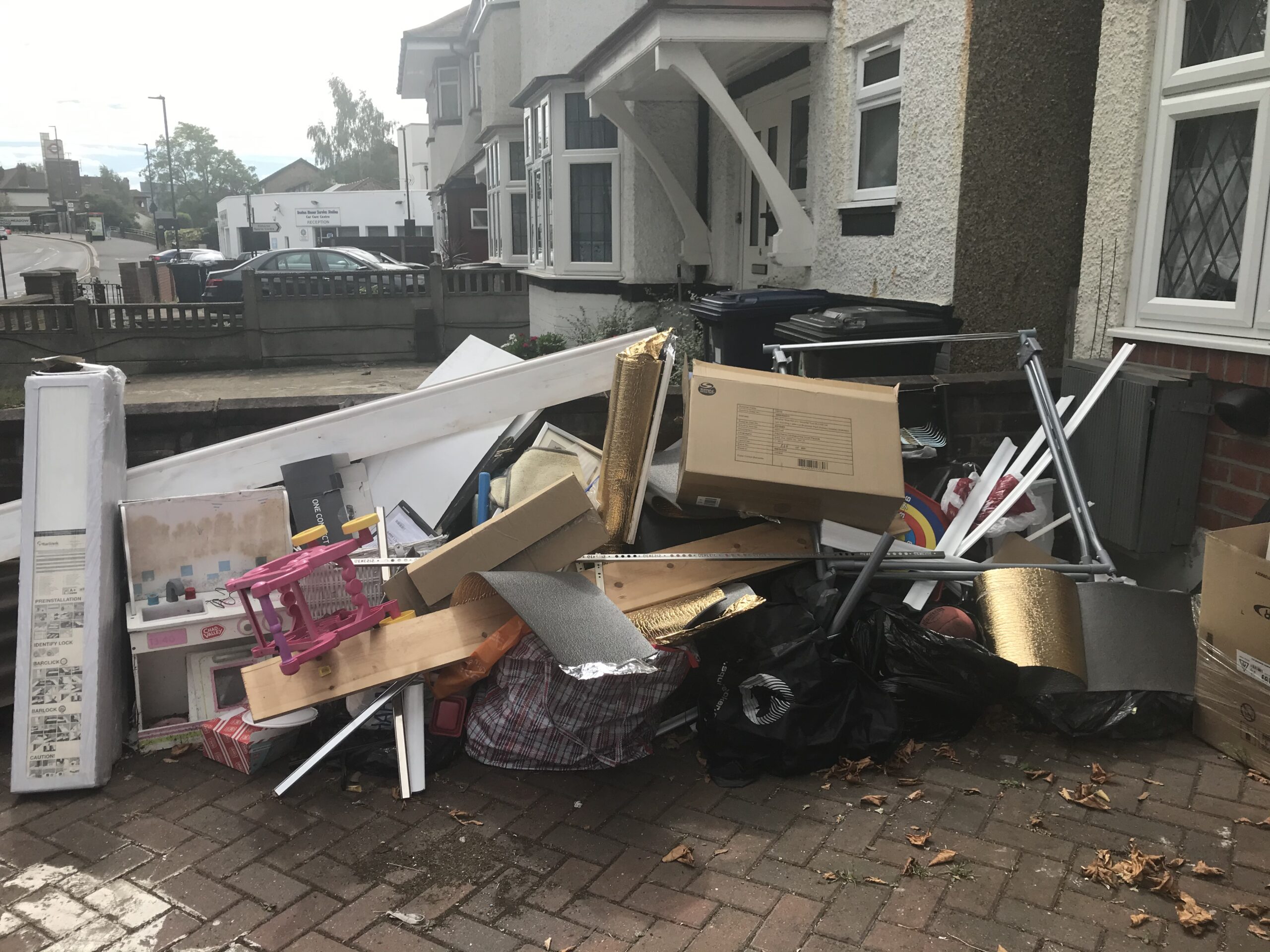
What Is The Difference Between Land Clearance And Site Clearance?
Before a new building can be constructed, the site needs to be prepared and ready for the foundations to be laid down.
This can involve demolishing and removing the foundations of the old building, clearing away any rubbish left on the site and ensuring hazardous waste is safely removed from a site before starting any new construction work.
After the larger, more obvious pieces of waste, debris and rubble are removed, the next step is to prepare the land for the new development, and depending on the state of the old land this can involve either land clearance or site clearance.
Both are relatively similar processes that rely on heavy machinery to level the land and clear the site of anything that can get in the way, but the intentions of both systems are slightly different, and in some cases, both services are required.
Land clearance is most commonly undertaken on undeveloped land or developments that are expanding onto undeveloped land.
It is primarily concerned with removing vegetation and foliage, which generally included uprooting trees and shrubs from the site, filling in hollows and burrows and flattening the land ready for foundations to be dug and construction to begin.
As a result, whilst it will use standard construction equipment, it may also use woodchippers, mulching machines and dedicated tools to uproot trees in a quick, efficient and safe manner.
By contrast, site clearance is about removing the remains of any existing development on a piece of land, which can still include landscaping, levelling and removing vines, moss, weeds and other vegetation that have grown over a derelict building.
It also includes bulldozing the remnants of existing buildings, controlled demolition and safely clearing away contamination in other to ensure the new development is safe.
